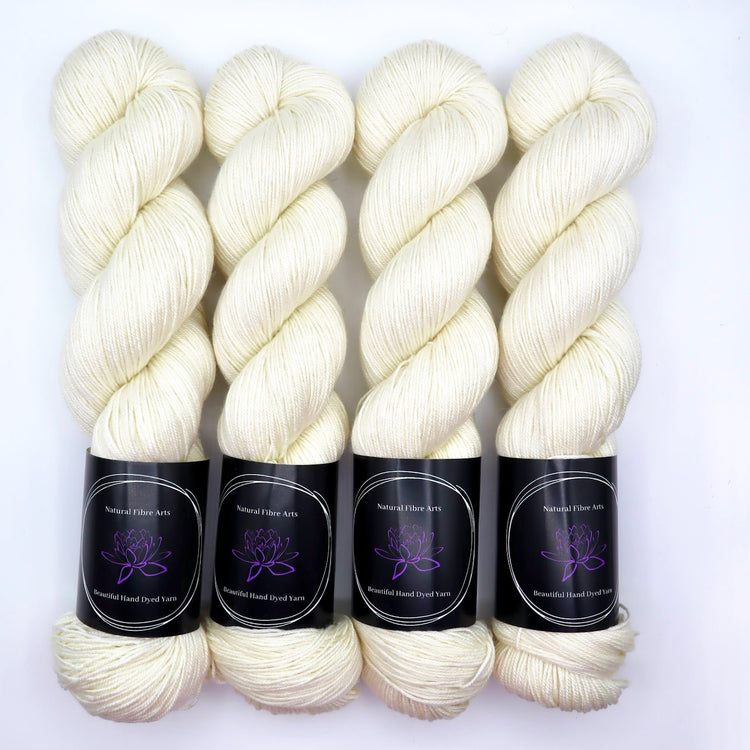Discover the Appeal of Cashmere an All-natural Fiber: Why It's a Must-Have in Your Wardrobe
The attraction of cashmere, a luxury natural fiber, transcends simple appearances. From discussing its intriguing origin to comprehending its manufacturing top quality, treatment, and procedure, it's worth checking out why cashmere holds such an unique location in the world of textiles.

The Origin and History of Cashmere: A Brief Overview
While many may watch cashmere as a straightforward deluxe, its background is steeped in abundant social custom. Originating from the Kashmir region in India, cashmere woollen has actually been created for thousands of years. The fiber is gotten from the soft undercoat of cashmere goats, collected during their molting season. As a valuable asset, it was traded along the Silk Roadway, coming to be very valued in Europe in the 18th century. The name 'cashmere' is an old English derivation of Kashmir. In spite of its international popularity, most of cashmere production still stays in Asia, specifically China and Mongolia. This historic trip highlights the cultural value of cashmere, transforming it from a regional specialized to a global deluxe.
Understanding the Special Qualities of Cashmere Fiber
Cashmere, renowned for its distinctive attributes, stands out on the planet of textiles. This extravagant fiber is incredibly soft, supplying a cozy and comfortable feeling unlike any kind of other. It is dramatically warmer than wool, making it a suitable choice for wintertime garments. Regardless of its warmth, cashmere is surprisingly light-weight and does not add unnecessary mass. This all-natural fiber is also understood for its longevity. While other materials might put on down over time, cashmere maintains its top quality, ensuring lasting wear. Lastly, cashmere has an unique aesthetic appeal. Its mild luster and beauty make it a staple in high-end style. Recognizing these residential or commercial properties clears up why cashmere is not simply a deluxe, yet a rewarding financial investment for any wardrobe.

The Process of Making Cashmere: From Goat to Garment
To appreciate the extravagant residential or commercial properties of cashmere totally, one must comprehend its trip from the raw fiber to the finished item. The procedure begins with the cashmere goats, mainly found in Mongolia, China, and Iran. The soft undercoat of these goats, gathered throughout their natural molting period in springtime, offers the raw material. This delicate fiber is after that carefully separated from the coarser outer hair in a page labor-intensive procedure called dehairing. The pure cashmere is then colored, rotated right into thread, and finally knitted or woven into the desired garments. Each action is meticulously performed to protect cashmere's significant heat, soft qualities, and resilience. This complex procedure causes the production of a truly elegant fabric.

Translating the High Quality and Rate: Why Is Cashmere so Expensive?
The steep price of cashmere garments often leaves consumers questioning its reason. The expenditure stems mainly from the tough manufacturing process. is cashmere a natural fiber. Cashmere originates from the great undercoat of the cashmere goat, with each goat generating a mere 150 grams every year. The labor-intensive procedure of brushing and collecting the unusual fiber dramatically drives up the cost. Additionally, the handling of raw cashmere calls for both time and knowledge, with the fibers requiring to be meticulously sorted, washed, and spun. Additionally, the shortage of pure cashmere, combined with its remarkable soft qualities, heat, and longevity, justifies its luxury status and high price. These elements combined make cashmere a pricy yet highly sought-after commodity on the planet of style.
Cashmere in Fashion: The Flexibility and Timeless Allure
Regardless of its high cost, the timeless allure and adaptability of cashmere have solidified its area in the realm of style. The fiber's special structure, characterized by its soft qualities and warmth, has come to be associated with luxury and convenience. Its versatility extends past seasonal trends, making it a closet vital in various kinds, from sophisticated sweaters to chic headscarfs. The versatile nature of cashmere enables its combination right into both laid-back and official clothing, representing its broad charm. Additionally, the fabric's withstanding popularity for many years vouches for its classic charm. As trends come and go, cashmere continues to be a continuous, its attraction undiminished, remaining to influence and form the fashion market's landscape.
Taking Care Of Your Cashmere: Maintenance and Preservation Tips
Guaranteeing the durability of cashmere garments calls for certain treatment and attention. These prized possessions should not be tossed into the washing device with routine washing. Rather, hand cleaning with mild, pH-neutral soap in lukewarm water is encouraged. After cleaning, they must not be wrung out. Rather, they must be delicately pushed in between towels to take in excess water, after that laid look at more info level to dry. Routine brushing with a cashmere comb can avoid pilling. Keeping these items in an amazing, dry location, preferably in a breathable bag, can safeguard them from moths and humidity (is cashmere a natural fiber). An occasional airing outside, far from straight sunshine, can freshen the fibers. With these maintenance and preservation suggestions, one can ensure their cashmere remains durable and luxuriously soft.
Conclusion
Cashmere, with its unparalleled gentleness and heat, supplies both luxury and longevity. Discover the appeal of cashmere and elevate your fashion arsenal.

Comments on “The History and Perks of cashmere in Creating Luxurious Clothing”